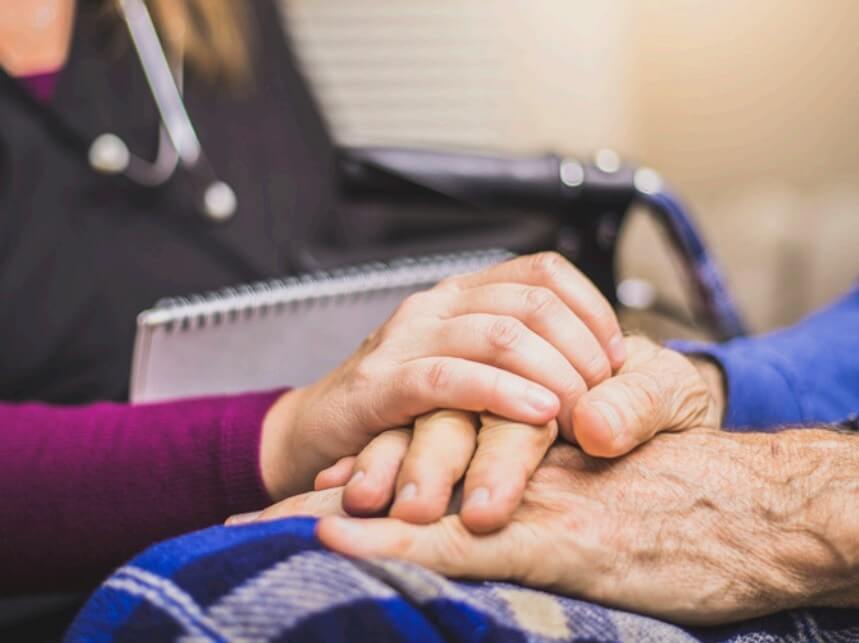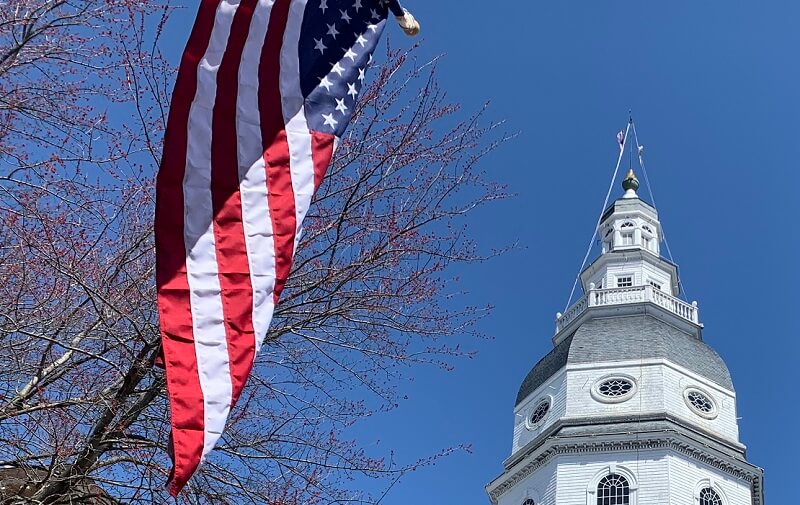State Legislatures Have More Women and Racial Diversity, Compared to Five Years Ago
Gender and racial representation in Maryland’s State House continues to outpace most states, according to a new national census of state legislators.
State legislatures overall have become significantly more female and somewhat more racially and ethnically diverse in the last five years, according to recently-released data from the National Conference of State Legislatures.
The number of Black legislators in Maryland rose from 23% in 2015 to 29% in 2020, according to the report. In the same time frame, the portion of white lawmakers in the General Assembly decreased by 6% to 61% in 2020. However, only 4% of legislators were Asian in 2015, which dropped to 3% in 2020. There was no change in the percentage of Hispanic legislators.
Maryland’s increase in racial diversity in the last five years was slightly more significant than surrounding states.
In Delaware, the percentage of Black legislators rose from 6% in 2015 to 11% in 2020. In Virginia, the number of Black lawmakers increased from 12% in 2015 to 15% in 2020. In New Jersey, there was a slight increase from 14% to 16%, and in Pennsylvania, from 8% to 9%.
In West Virginia, the portion of Black state legislators went down from 2% in 2015 to 1% in 2020.
Out of all 50 states, Arizona demonstrated the most dramatic change in racial and ethnic diversity in its state legislature, with the proportion of Black lawmakers rising from 1% in 2015 to 23% in 2020 and Hispanic legislators increasing from 21% in 2015 to 28% in 2020. In Minnesota, the portion of Hispanic legislators more than doubled between 2015 and 2020.
The number of female lawmakers also increased nationwide. In 2015, 31% of Maryland state legislators were women, a figured that increased in 2020 to 39%.
In Delaware and New Jersey, the ratio of female to male state legislators stayed the same, while it went down by 1% in West Virginia. The portion of women in Pennsylvania’s statehouse increased from 18% in 2015 to 27% in 2020. More women were also elected to Virginia’s legislature, increasing from 17% in 2015 to 29% in 2020.
The state with the most significant change in the proportion of female legislators was Nevada, which grew from 33% in 2015 to 52% in 2020; Nevada was the only state where a majority of legislators were women.
Maryland and the surrounding states all showed an increase in Democrats in the legislature — especially Virginia, which had one of the most significant changes, with Democrats increasing from 36% in 2015 to 59% in 2020 and Republicans dropping from 63% in 2015 to 38% in 2020. Independents grew from 0 to 3%. West Virginia also saw an increase in Democratic representatives from 39% in 2015 to 47% in 2020 and a decrease in Republican representatives from 61% in 2015 to 53% in 2020.
In Maryland, Democratic legislators rose from 65% of the General Assembly in 2015 to 70% in 2020, while the percentage of Republicans in the State House dropped by the same amount to 30%.
The proportion of Democratic legislators in Pennsylvania rose from 41% in 2015 to 45% in 2020 and the number of Republicans decreased by the same amount to 55%. Democratic legislators in New Jersey increased by 4% within the last five years, and in Delaware the proportion increased by 1%.



 Creative Commons Attribution
Creative Commons Attribution